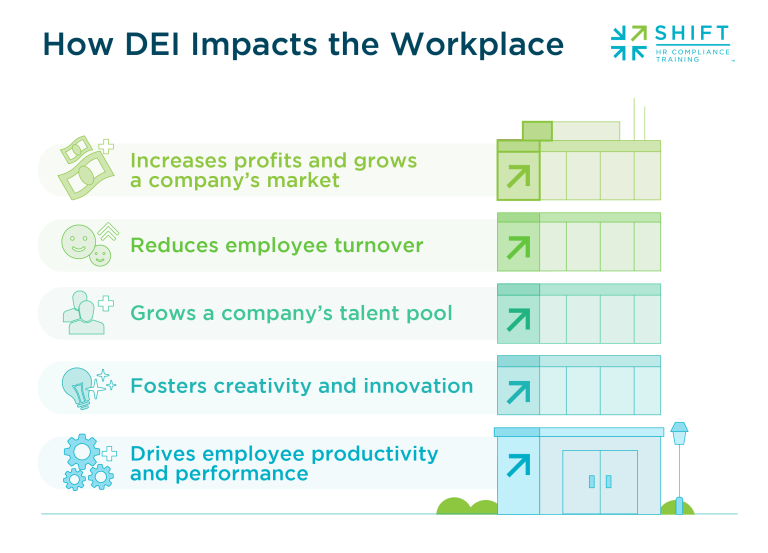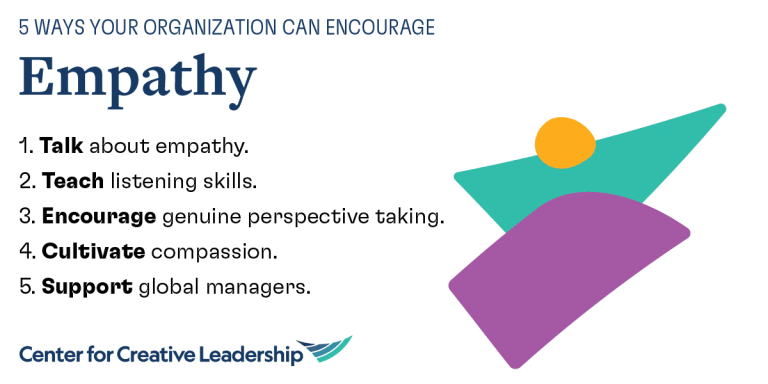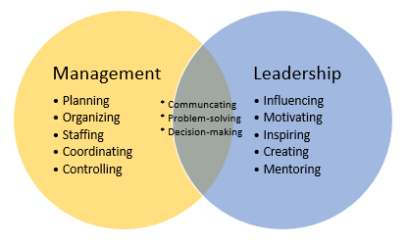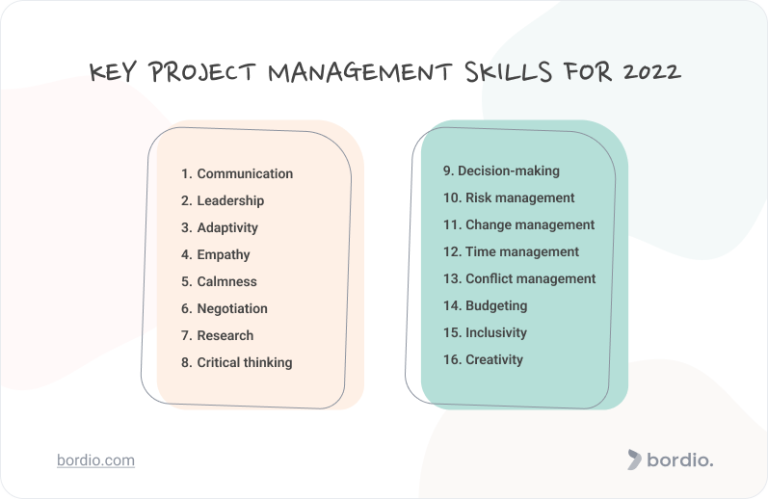All About Microlearning: The Future of Efficient Learning and Training
In an era where time is increasingly scarce, organizations and learners alike are seeking methods that are efficient and impactful. One such method taking the world of education and corporate training by storm is microlearning. But what exactly is microlearning, and why is it being touted as one of the most effective approaches to learning and development today? This blog explores everything you need to know about microlearning, from its core principles to its advantages and applications.
What is Microlearning?
Microlearning is a modern, learner-centered approach that breaks down traditional e-learning into short, concise, and highly focused segments. These “micro” learning experiences typically last just a few minutes and aim to teach or reinforce a specific skill, topic, or objective. Unlike conventional methods like hour-long presentations or slide-based learning, microlearning emphasizes interactive, engaging content that’s accessible on-the-go—ideal for busy learners who need flexibility.
Key Features of Microlearning
Microlearning stands out because it’s:
- Flexible: Lessons can be accessed anywhere, anytime, fitting seamlessly into a learner’s daily schedule.
- Engaging: By using a variety of multimedia formats—videos, quizzes, infographics—microlearning captures attention.
- Scientifically Backed: Cognitive science supports this method’s structure, helping learners retain information better by focusing on one concept at a time.
Whether delivered as standalone lessons or part of a broader curriculum, microlearning modules adapt to suit different learning preferences, making it a far cry from traditional training methods.
What is Bite-Sized Learning?
Bite-sized learning is the practice of delivering content in small, manageable portions that make learning less overwhelming. The average microlearning session lasts about 2-4 minutes, presenting only one concept or skill. But contrary to misconceptions, bite-sized learning doesn’t simplify or dilute information; it simply breaks down complex topics into digestible parts.
Benefits of bite-sized learning include:
- Higher completion rates due to shorter learning times.
- Improved retention as learners can revisit chunks if needed.
- Easy updating of materials to keep content relevant and accurate.
Microlearning Videos: Visual and Engaging
A microlearning video is typically a 1-4 minute video focused on a single topic or objective. These videos are highly effective because they appeal to auditory, visual, and kinesthetic learners, and they’re particularly useful for:
- Explaining processes or procedures clearly and concisely.
- Delivering scenario-based content that requires contextual understanding.
- Encouraging interaction, especially when paired with quizzes or other tasks.
Microlearning videos are designed to be accessible on mobile devices, allowing learners to watch and learn at any time, whether during a coffee break or on their commute.
What is a Micro Lesson?
A micro lesson targets a single learning objective or skill, distilling only the most essential content. Typically completed in 5-10 minutes, micro lessons are ideal for covering subtopics within a larger subject matter. For instance, a marketing micro lesson might focus specifically on email list-building strategies.
Micro lessons can be sequenced to form a larger course or module, ensuring that learners can draw connections between topics while allowing them to control the pace and progression of their learning.
What is a Micro Course?
While a micro lesson focuses on a specific skill or concept, a micro course connects multiple lessons to achieve a broader learning goal. Micro courses are designed to be completed in less than an hour, offering various resources, activities, and assessments tailored to a diverse audience. For example, a micro course on “Effective Time Management” could include modules on prioritization, goal setting, and handling distractions.
Microlearning Apps: Learning Anywhere, Anytime
Mobile learning apps such as SC Training allow learners to access micro lessons anywhere, anytime. This portability revolutionizes learning by freeing it from desktop computers and making it accessible across devices. With features like offline downloads and push notifications, learners can engage in on-demand learning in convenient, short bursts, wherever they are.
What are Microlearning Platforms?
A microlearning platform is a specialized Learning Management System (LMS) that enables the creation and distribution of bite-sized learning content. Platforms like SC Training provide instructors with a range of tools:
- Authoring tools for course creation.
- Built-in templates for lesson customization.
- Analytics and reporting to track progress and engagement.
This level of control and customization allows instructional designers to tailor learning experiences to meet specific organizational goals.
Why Break Down Learning Content?
Chunking learning material helps prevent cognitive overload, which occurs when learners try to process too much information at once. Cognitive science suggests that our working memory can only hold 5-7 items at a time. By breaking down content, microlearning reduces mental strain, improves retention, and allows learners to identify gaps in knowledge more effectively.
Why is Microlearning Important?
Microlearning’s flexibility and high return on investment make it a popular choice for organizations that want to foster a continuous learning culture. Here’s why microlearning matters:
- Higher engagement: Learners appreciate quick, accessible content, making them more likely to engage with and complete courses.
- Better knowledge retention: The structured repetition and spaced learning format improve knowledge retention.
- Enhanced adaptability: Microlearning accommodates remote and hybrid workplaces, catering to diverse learning styles and needs.
Is Microlearning Effective?
Studies affirm the effectiveness of microlearning. The Journal of Applied Psychology reports that microlearning improves knowledge transfer by 17% compared to traditional methods. With completion rates as high as 80%, microlearning offers a superior alternative to lengthy courses, which average a 15% completion rate.
Why is Microlearning the Future of Workplace Training?
The modern workplace demands training solutions that are flexible, efficient, and adaptable to different work environments. With more organizations shifting to remote or hybrid models, microlearning offers a way to keep teams connected and engaged. Additionally, as Millennials and Gen Z increasingly dominate the workforce, the need for mobile-friendly, app-based learning grows. These generations prefer content delivered on demand, on mobile devices, and in brief, impactful formats.
Which Organizations Benefit from Microlearning?
Microlearning has proven particularly effective for industries where employees are often “deskless,” such as retail, logistics, healthcare, and hospitality. These sectors benefit from microlearning’s ability to deliver just-in-time training that employees can immediately apply. During the COVID-19 pandemic, for example, Dignity Health used microlearning to support frontline workers’ mental health through mobile courses.
Creating Microlearning Content: Videos and Lessons
Creating microlearning content can be as simple or sophisticated as you need. Start by identifying your main learning objective and then outline the skills and knowledge required. Here are a few content creation tips:
- Microlearning Videos: Create concise (under 5 minutes), relevant videos that supplement theory or serve as a visual guide.
- Micro Lessons: Use templates that align with your topic to keep content organized and easily digestible.
Microlearning platforms like SC Training make this process easier with drag-and-drop templates and a content library.
Distributing Microlearning Content
Distributing microlearning content to your learners can be done through push notifications, LMS dashboards, or integrated microlearning campaigns that combine online and offline learning. Many companies also use microlearning as pre-training or refresher material for meetings or in-person sessions.
Enhancing Microlearning with LMS Features
Social and spaced repetition features work well alongside microlearning. Social features like forums allow learners to discuss and reinforce what they’re learning, fostering a continuous learning culture. Meanwhile, spaced repetition algorithms help reinforce key information over time, preventing the forgetting curve.
Converting Existing Content into Microlearning
Converting existing training materials into microlearning is an efficient way to modernize learning. Many platforms support content uploads, allowing you to transform documents, presentations, or video content into engaging micro lessons.
Conclusion
Microlearning represents a new frontier in training and education, offering a flexible, engaging, and scientifically sound way to learn in today’s fast-paced world. From mobile apps to bite-sized videos and micro courses, microlearning aligns with how people want to learn today—quickly, conveniently, and effectively. Whether you’re a corporation looking to improve employee training or an educational institution seeking to boost student engagement, microlearning is a powerful, forward-looking solution. Embrace microlearning to not only optimize your training outcomes but to keep pace with the future of learning.





